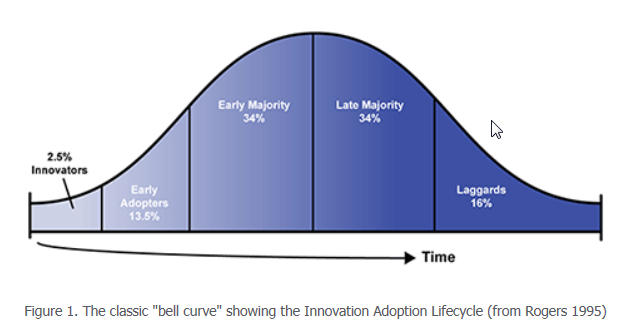 Many people assume that all leaders have the ability to influence others by virtue of their position. This is not always true.
Many people assume that all leaders have the ability to influence others by virtue of their position. This is not always true.
You can be in a leadership role, yet lack influencing skills. Conversely, you can greatly influence others without being a formal leader.
VitalSmarts includes information on their website that outlines the top reasons why leaders lack influence. This post will recap the main points for each of these five reasons. I will add my own thoughts to those of the authors.
(Note: These concepts are based on the best-selling book Influencer. I have found the model that the authors propose around the six sources of influence to be practical – as well as easy to understand and apply).
Reasons Why Leaders Lack Influence
1. Leaders think it’s not their job.
Most leaders spend very little time consciously influencing others. They believe that their primary job is to come up with big ideas and then to implement them.
The key thought here is having a conscious effort to influence others. Whether they intend to do it or not, the actions of those in leadership positions have the potential to influence others. What rarely happens is for the leader to develop a strategic action plan for how to influence their employees on the vital behaviors that they desire. The assumption by many leaders is that if we give people a direction and the resources they need, then good things will happen.
I used to work for a manager who clearly had this mindset. He became frustrated when much of his organization repeatedly performed work in ways that were counter to his preferred approach. Yet, he never asked himself how he might influence some of the employees so that they would become more aligned and working on the right things.




